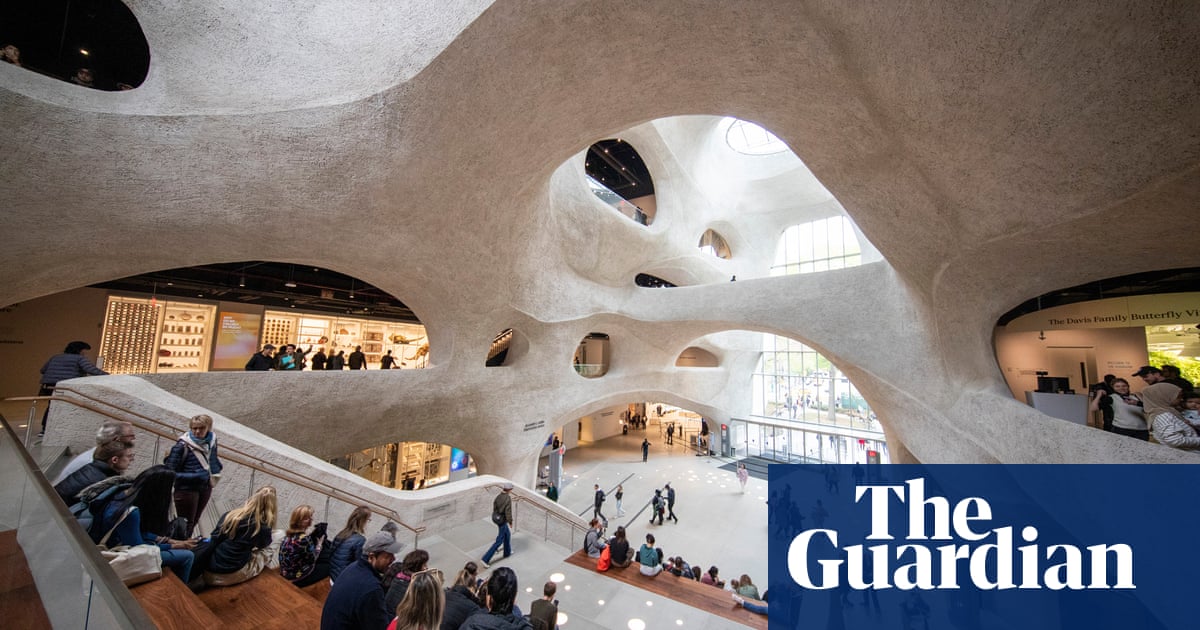
New York’s American Museum of Natural History is to remove all human remains from its display collections in a reform predicated on revised thinking around collection practices that it now says were “deeply flawed”.
The US’s leading natural museum plans to overhaul its collection of about 12,000 human remains, including the skeletons of grave-robbed indigenous and enslaved people as well as the bodies of New Yorkers collected as recently as the 1940s.
“Human remains collections were made possible by extreme imbalances of power,” museum president Sean Decatur told staff in a letter this week, reported the New York Times.
“Many researchers in the 19th and 20th centuries then used such collections to advance deeply flawed scientific agendas rooted in white supremacy – namely the identification of physical differences that could reinforce models of racial hierarchy,” he added.
The move comes as many US medical and anthropological institutions are facing similar issues, including the Mütter Museum in Philadelphia, the Peabody Museum at Harvard University and the Penn Museum, also in Philadelphia, which has apologized for its Morton crania collection containing Black and indigenous skulls.
New policy guidelines announced by the natural museum include the removal of human remains, improvements to how they are stored, and greater resources for determining the origins and identities of remains.
Under the 30-year-old Native-American Graves Protection and Repatriation Act, institutions are obliged to return Indigenous remains, but many institutions have run into problems with correct identification, slowing the process or rendering it largely impossible.
The natural history museum has repatriated about 1,000 Native Americans remains, but holds 2,200 more. Further study to determine where they should be returned to has angered critics.
The New York Times said that in his letter to staff, Decatur, who took up the position in April, wrote that “identifying a restorative, respectful action in consultation with local communities must be part of our commitment”.
Since some collections were put together to prove or disprove now-discredited scientific theories, including eugenics, many of the collected remains belong to individuals who had not consented to being used, post-mortem, for institutional study and display.
Among remains in the museum’s collection vaults, the paper reported, is a collection – the “medical collection” – that includes 400 poor New Yorkers from the 1940s whose bodies were initially given to medical schools, and the bones of five Black adults that were dug up from a Manhattan cemetery for enslaved people in 1903.
“The legacy of dehumanizing Black bodies through enslavement continues after death in how those bodies were treated and dehumanized in service of a scientific project” Decatur, who is African American, told the paper.
The museum currently has 12 display cases for human remains ranging from skeletons including that of a Mongol warrior from AD1000 in reconstructed display, and various ceremonial or practical items made using human bones, including a 19th century Tibetan apron.
The museum’s director said in the letter that none of the objects “are so essential to the goals and narrative of the exhibition as to counterbalance the ethical dilemmas presented by the fact that human remains are in some instances exhibited alongside and on the same plane as objects”.












